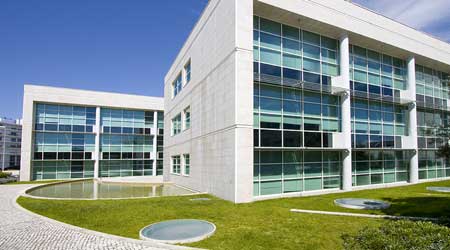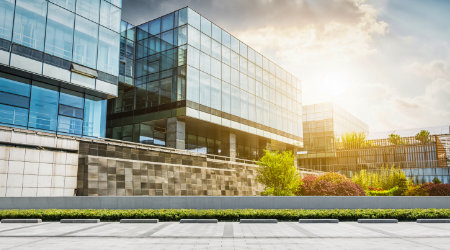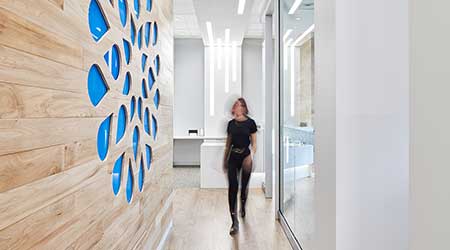
3 Small Changes Lead to Big Gains in Climate Fight
May 27, 2021
Because buildings play such a significant role in the release of greenhouse gases into the environment, they are an obvious focus if the U.S. hopes to achieve the Biden Administration’s goal of achieving net-zero emissions by 2050.
“It is 100 achievable, and if you look at buildings, they now contribute to 40 percent of greenhouse gases, but it’s hard to accomplish (net-zero emissions) doing some of the things we do now,” said Charlie Szoradi, the CEO of the Energy Intelligence Center, an energy efficiency consulting company. “People look for big, outlandish processes to save energy when the smallest things mean a lot.”
Szoradi’s company focuses on commercial buildings in the U.S., where less than 5 percent of the world’s population uses more than 20 percent of the world’s energy. He raises an interesting point about energy consumption during the COVID-19 pandemic, when it was assumed that because of the vast amounts of offices closing and employees working from home, that consumption was drastically reduced.
“With the smog reduction and all the changes with COVID, in 2020, the global greenhouse gas percentage was relative to 2019,” Szoradi said. “People think it was 25 to 35 percent less and think, wow a lot changed: less trucking, less commuter cars, all kinds of things, but it was 6.5 percent less.
“It was a tiny change. What did we do in our houses? Juiced up our Zooms, charged our phones, ran the heating and air conditioning. Buildings are the key. They didn’t fundamentally change how we used our architecture, we just shifted the address. It’s crazy to think about. It’s not that big of a change in the global climate.”
With buildings being such a critical piece to the puzzle to reduce emissions, Szoradi offers three suggestions for facility managers to not only reduce costs in their facilities, but contribute to the current administration’s stated climate goals.
Increase the fan speed in cooling towers. “We can lower condenser water temperature. The colder the water, the less energy the system will need for air conditioning,” he says.
Set buildings’ cooling temps lower from 5 a.m. until 7 or 8 a.m., before people come to work. “This is a huge advantage,” he says. “Think of the bricks and concrete and bookshelves as a thermal mass, like a battery for energy. Time-factored cooling improvements can be an economic advantage as well.”
Change to LED lighting as soon as possible. “Stop waiting for fluorescents to burn out. Change to LEDs for maintenance costs,” he says. “Many (facilities) have already done that, but in some cases, they’ve done two-thirds of their sections and some sections they’re waiting until the fluorescent tubes burn out. Stop waiting.”
Szoradi hopes that if facility managers learned anything from the pandemic period, it's that any change will help managers reduce costs and help the environment.
Dave Lubach is managing editor, Facility Group.
Next
Read next on FacilitiesNet












